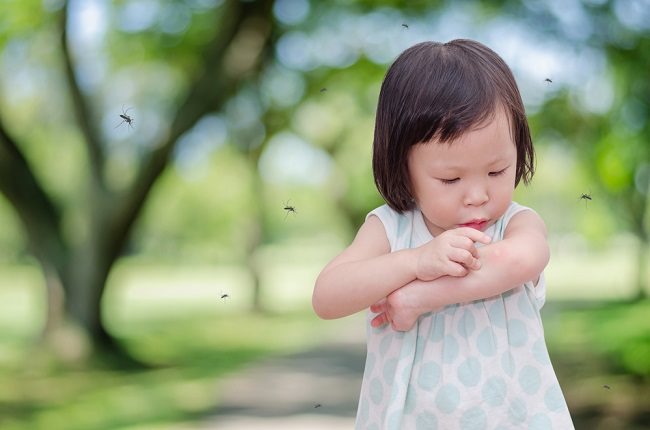Allergies in children can vary from one to another. To recognize it, parents need to know the symptoms of allergies.
Allergy or sensitivity is an overreaction of the immune system or immune system, which is triggered by an allergen. The immune system then attacks the allergen which can cause symptoms in the body. Allergic reactions can be very serious, and even life threatening.

Immune System Reaction
With the aim of protecting the body, the immune system will make antibodies called immunoglobulin E (IgE). IgE then stimulates certain cells to secrete chemicals including histamine into the bloodstream to defend themselves against allergens. As a result of the release of histamine, it can cause allergic reactions in the body, starting from the eyes, nose, skin, lungs, and digestive tract.
One parent who has allergies will increase the likelihood of allergies by about 40-50 percent to their children. Although not necessarily the same type of allergy. If both parents have allergies, then the chances of the child experiencing allergies will increase by up to 80 percent.
Here are some types of allergies in children that are often encountered:
- Allergy on skin
The skin is the largest organ of the body as well as part of the immune system that can react to allergens. Symptoms of skin allergies in children can look like eczema, namely the skin looks dry, red, scaly and itchy.
In addition, symptoms of skin allergies can be in the form of urticaria (hives), which is a condition when the skin appears red in a variety of ways, from small dots to much larger ones.
- food allergy
Symptoms of intestinal disorders, such as repeated complaints of stomach cramps or diarrhea, may be a sign of an allergy. In addition, this allergy can be followed by headaches, excessive fatigue, and restlessness and disturbances mood.
Some of the common types of food that cause allergies include milk, eggs, nuts, soy, wheat, fish, shellfish, and various types of citrus. Be aware of the causes of allergies contained in food without realizing it. Like beans in cereals and soy in processed or frozen foods.
- Allergy on the nose
Some pediatricians will only diagnose children with allergies to the nose after they are over the age of four. Because, it can take several years before a child actually experiences allergies. However, often children aged 2-3 years seem to have respiratory allergies.
Symptoms commonly experienced by children with respiratory allergies include an itchy and runny nose, nasal congestion, frequent sneezing, repeated coughing, red and watery eyes, swollen eyes, dark circles under the eyes, breathing through the nose during sleep, and fatigue due to lack of sleep. Generally, these symptoms last more than a few weeks.
- Pet allergies
Some children have allergies to pets at home. Although in fact, triggers for allergies are generally caused by dead skin cells, saliva, urine, and dander from these animals.
Symptoms that generally occur are when children sneeze after playing or holding pets. Research shows, to completely eliminate the effects of pet allergies it takes about a year, after the animal is not around us. This is because your pet's dead skin cells can last up to a year before they are completely gone.
If parents do not know the type of allergy experienced by the child, it is recommended to consult a doctor. To be sure, a skin test or blood test can be done to determine the level of IgE antibodies in the blood.
Allergies in children need to be watched out for and should not be underestimated. Always ask your pediatrician for advice on dealing with and giving medication for allergies.









